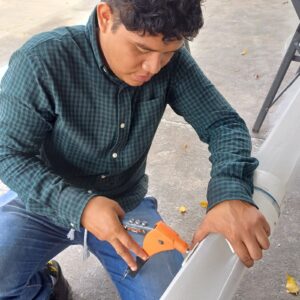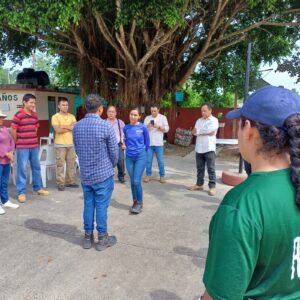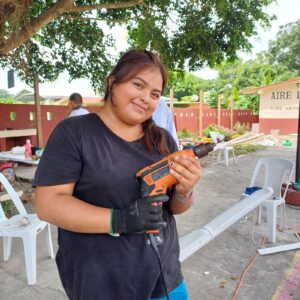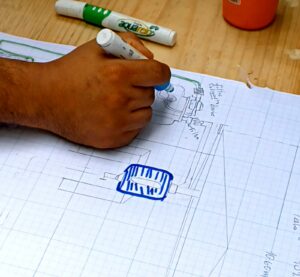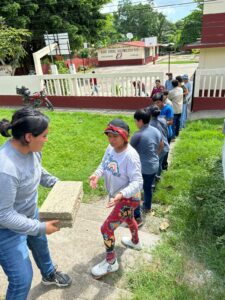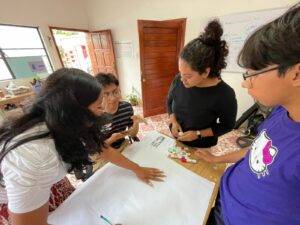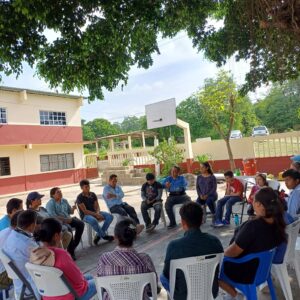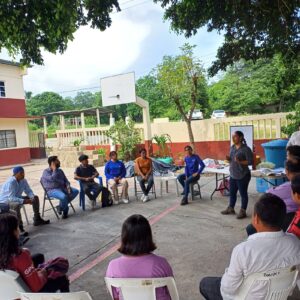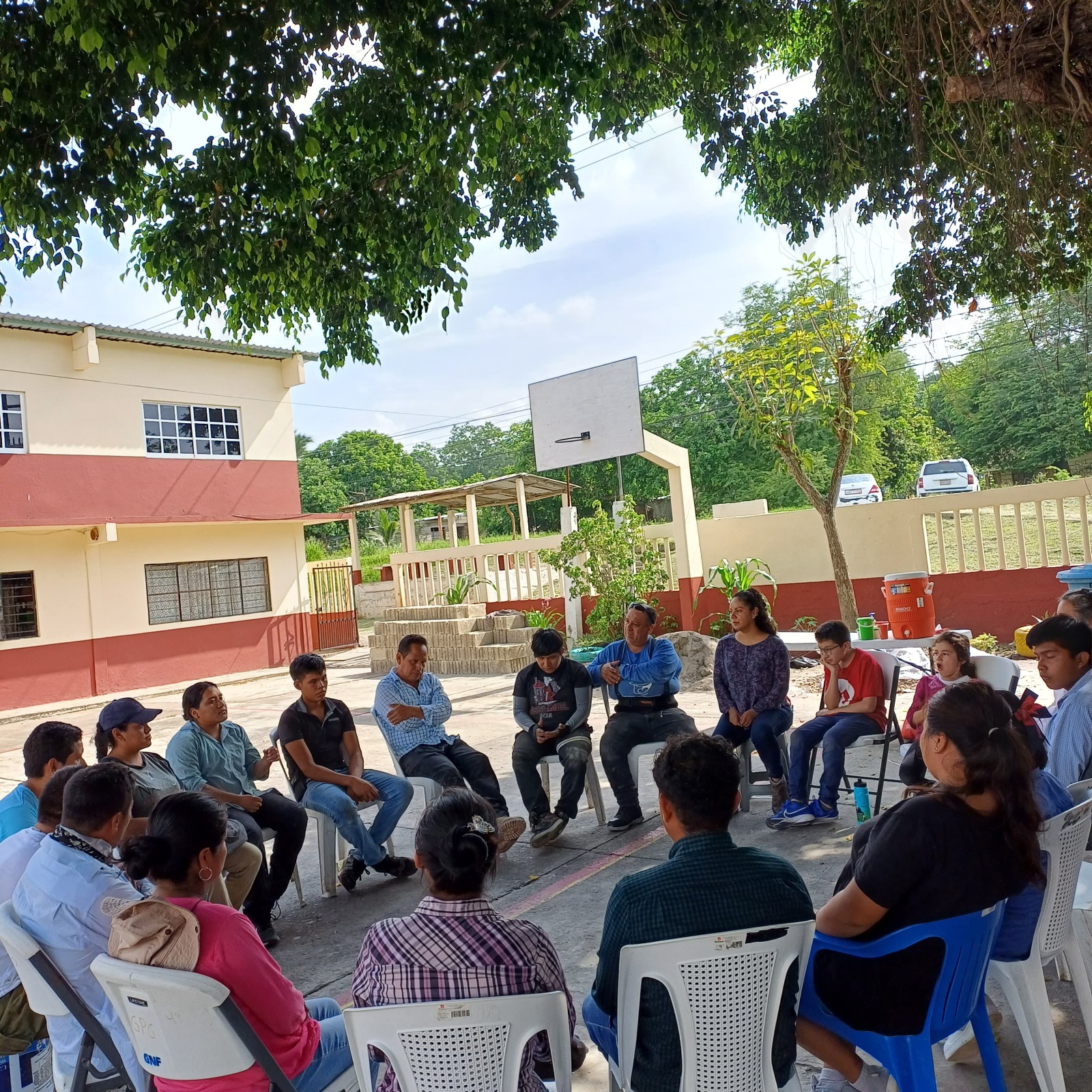GPG Mexico, through CCP Tuxpan III and IV (Tuxpan, Veracruz), held the workshop “Learn to Install Rainwater Harvesting Systems” from 17 July to 2 August.
This workshop brought together 28 participants, including 12 women and 16 men, from Tuxpan and the Ruta de los Kilómetros.
The event featured participation from the National Commission of Natural Protected Areas (CONANP), as well as lecturers from the Interamerican University of Development and the Telebachillerato de Países Bajos. In addition, certified installation technicians from the organisation Isla Urbana and young Environmental Educators collaborated in the workshop.
The workshop was conducted in three sessions:
Introduction to Rainwater Harvesting Systems (SCALL):
The first session focused on raising awareness about the water situation on a global, national, and local level, and reflecting on human intervention in the water cycle.
Participants learned that everyone has an impact on this cycle. During the four-hour session, they discussed the importance of water conservation, how rainwater harvesting practices can foster a culture that reduces water stress, and how reforestation efforts can increase water reserves and combat climate change.
Designing Rainwater Harvesting Systems (SCALLs):
Participants became familiar with the various components of a rainwater harvesting system, following the principles established by Isla Urbana, which certified us through the Xalag Chuchut Water School in 2023. Under the guidance of the installation technician from the Social Management team, they were able to simulate a design.
The session covered the basic principles of system design, taking into account key factors such as the catchment roof, average annual rainfall, and construction elements like gutters, water separators, storage tanks, and filters—all essential for the effective use of harvested water. Additional considerations were discussed, including the slope of the piping and the placement of each component: the tlaloque (first-flush diverter), the leaf filter for removing large debris, and the turbulence reducer.
Finally, the session addressed elements such as the pichancha (foot valve), the chlorine doser and its role in ensuring water quality for human consumption, and the maintenance of filters for proper system operation.
28 Hours of Rainwater Harvesting System Training
The final five sessions were held at the Telebachillerato in the community of Aire Libre, bringing the total to 28 hours of training in Rainwater Harvesting Systems. During this stage, participants applied their newly acquired knowledge through the practical installation of a Rainwater Harvesting System.
They learned to use both manual and mechanical tools, such as levels for aligning pipes, squares for measuring, grinders for cutting, drills, polishers, hammers, hacksaws, and riveters, among others. They also learned how to mix construction materials like cement and sand, how to lay bricks, and how to work with pipe screed.
At the end of the workshop, an evaluation was conducted to assess what had been learned. In addition to testing the participants’ knowledge, the evaluation placed emphasis on the skills developed during the activities, particularly leadership, active listening, assertive communication, and teamwork.
Participants remarked that these skills are essential for achieving successful outcomes in their work.
